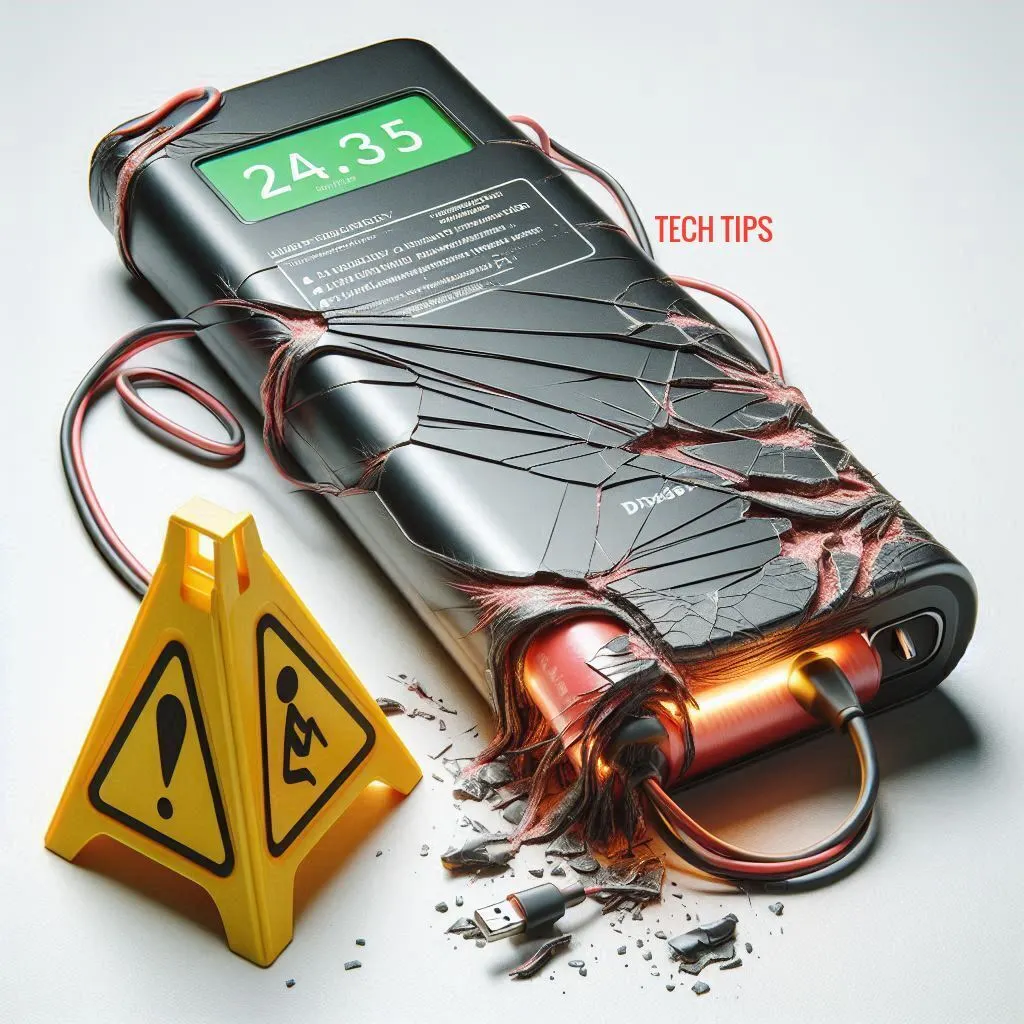In Nigeria, power supply fluctuations are a common occurrence, ranging from low voltage to high voltage, which can pose a significant threat to electronic devices, especially smartphones. While most users might overlook the importance of surge protectors, bypassing one when charging your smartphone on a low voltage source can cause long-term damage to your device. Understanding voltage ranges and how they affect your smartphone is crucial for protecting it.
What Defines Low, Normal, and High Voltage in Nigeria?
In Nigeria, the standard voltage for household electricity supply is 230V at a frequency of 50Hz. However, due to inconsistent power distribution, voltage levels can fluctuate widely.
- Low Voltage: Anything below 200V is considered low voltage in Nigeria. When power drops below this threshold, electronic devices may not function properly.
- Normal Voltage: A voltage range between 220V and 240V is regarded as normal. This is the ideal range for charging your smartphone safely.
- High Voltage: Voltage above 240V is considered high. High voltage can lead to overcharging, overheating, or frying the internal components of your smartphone if not regulated.
The Consequences of Charging a Smartphone on Low Voltage
Charging your smartphone on a low voltage source without the protection of a surge protector can lead to several issues, some of which can permanently damage your device:
1. Slow or Incomplete Charging
When the voltage is too low, your smartphone may not receive enough power to charge efficiently. This could lead to:
- Longer charging times than usual.
- Inconsistent charging, where the phone charges for a short time and stops due to insufficient power.
- Battery degradation over time, as the battery struggles to receive the correct amount of charge.
2. Overheating of Components
Low voltage can cause your phone’s internal charging system to work harder, generating excess heat. Overheating is particularly dangerous because:
- It can damage your phone’s battery, reducing its overall lifespan.
- Internal components like the processor and charging circuits can suffer from wear and tear due to prolonged heat exposure.
3. Device Instability and Crashes
If your phone receives unstable power, it can cause the device to become unreliable. You may experience:
- Random shutdowns, where your phone turns off unexpectedly.
- System freezes or crashes, interrupting tasks and reducing overall performance.
- Corrupted data, especially if the phone is performing updates or syncing data during charging.
4. Risk of Damage from Voltage Fluctuations
Bypassing a surge protector makes your smartphone vulnerable to sudden spikes in voltage when the power is restored to normal levels. Without a surge protector:
- Your phone could be exposed to a power surge, which might destroy critical components like the battery or motherboard.
- A voltage spike can permanently damage the charging port, rendering your phone unable to charge altogether.
Why Surge Protectors Are Essential
A surge protector regulates the voltage flow to your smartphone, protecting it from power fluctuations. It helps by:
- Preventing overvoltage: Surge protectors block excess voltage from reaching your phone.
- Providing consistent power: Even in low voltage conditions, a surge protector can stabilize the current to ensure smoother charging.
Best Practices to Avoid Charging Problems in Low Voltage Conditions
- Always Use a Surge Protector: This is your first line of defense against voltage fluctuations. Make sure your charging setup includes a surge protector to prevent power surges from damaging your smartphone.
- Monitor Voltage Levels: If possible, check the voltage output in your home using a voltage stabilizer or power meter. This can help you identify when the power is too low to safely charge your phone.
- Avoid Charging During Power Instability: If the voltage in your area is fluctuating or consistently low, it’s better to avoid charging your smartphone during these times. Wait until the voltage stabilizes.
- Invest in a Voltage Regulator: A voltage regulator ensures that the power supplied to your phone remains within safe levels, regardless of voltage fluctuations.
Conclusion
Charging your smartphone on a low voltage source without a surge protector poses several risks, from slow charging and overheating to potential damage caused by power surges. In a country like Nigeria, where voltage fluctuations are common, protecting your smartphone with a surge protector and taking precautionary measures can extend the life of your device and save you from costly repairs.

